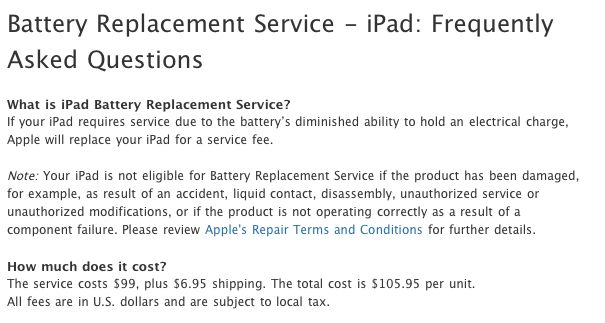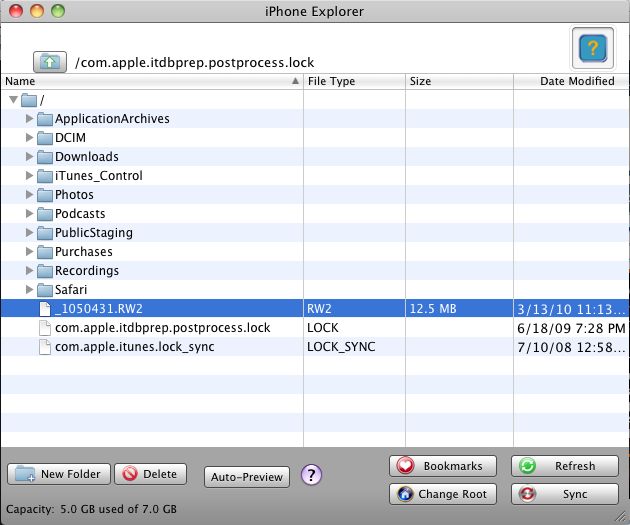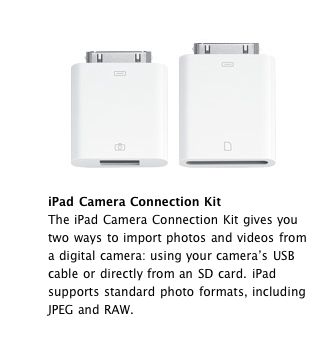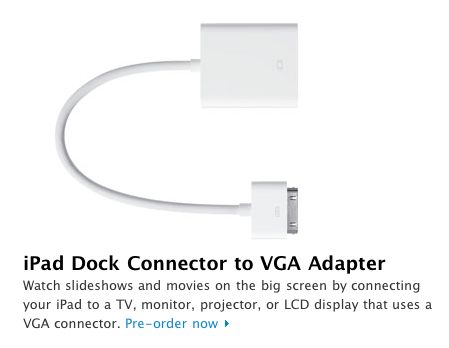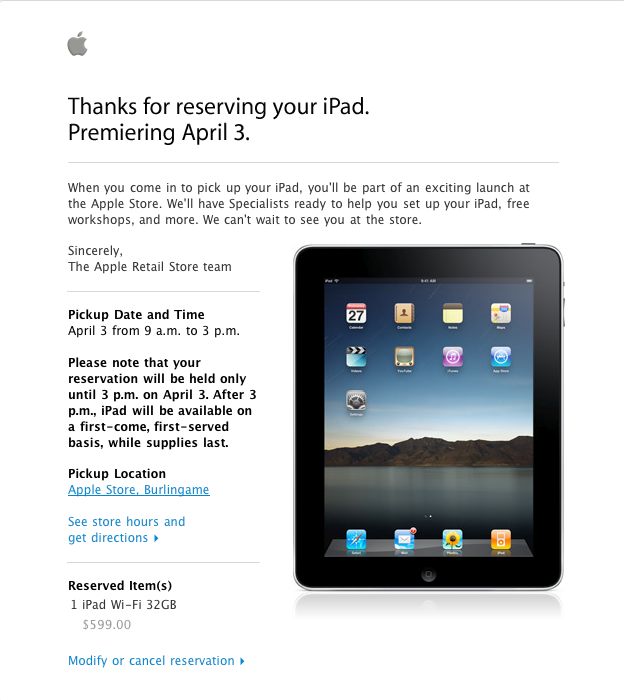No, not the waistline.
Feeding Americans’ gluttony with supersized portions is nothing new. Three patty hamburgers, gallon sized drinks of sugared water, jumbo fries and so on. All readily visible in the waistlines of the world’s most obese nation.
But a supersized iPad is not a bad idea. Now I realize this is a bit premature given that the iPad does not hit the stores until April 3, but my thoughts along the lines of a much larger touch screen device were sharpened by my eight year old this weekend.
You see, Winston is now tall enough to ride in the front seat of the car and on the way back from the San Francisco Zoo his natural delight in pushing buttons meant that the interior of the car went through several cycles of Death Valley heat to Alaskan winter over the space of the journey, a smile of pure delight playing on his face as he pushed every button in sight. Like all kids’, his is a tactile world. And being a typical device designed by left brain guys for left brain guys, there are more buttons in the wretched car than you can shake a stick at. Sort of like modern home theater systems. In other words, an ergonomic nightmare.
But it’s no secret that kids love buttons. They have yet to unlearn that the simplest user interface is the one which requires least effort and which is most fun. A button meets those dictates. Later they are forced to use ridiculous keyboards and even dumber devices like the mouse, and the charm of the simple is obfuscated by decades-old designs which should never have seen the light of day. Once upon a time computer keyboards came with trackballs which allowed movement of the cursor without totally removing your hands from the keyboard but, for some reason, the separate mouse prevailed.
I look at the way I use Lightroom and it’s almost all mouse-based. The cursor is used to drag adjustment sliders, to rotate and crop, to apply localized adjustments and so on. About the only time I resort to the keyboard is when adding new keywords or exporting pictures. So a touch device would lend itself well to tailored software that replaces the mouse with the finger.
Those who think of a slate computer as an output device (to read, to watch, etc.) only just don’t get it. They are mired in the left brained world of keyboards and sequential thinking. That’s not how artists and photographers work. The ability to change things by touching and dragging controls is the way we see the world.
So a giant sized iPad – say 20″ diagonal – resting at a 15 degree angle on your desk may just be the ideal input tool for a creative thinker. Sure, man has been using vertical input devices from Cromagnon to Titian and later, but do you fancy holding out your hand to apply a tool to a vertical touchscreen all day?
Here’s wishing for a jumbo iPad in our future. Microsoft demonstrated the concept with its boringly named ‘Surface‘; the site is just comically awful, as you might expect from a company with no class. And who on earth is naming products at MSFT? Procter & Gamble detergent marketers? It’s a thrilling product from the ultimate in left brained companies but like all Microsoft concepts it has no chance of coming to the market at an affordable price for the right brained among us. Shame.
JumboPad, I’m waiting for you.
P.S. I’m delighted to add that Winston is left handed, like most right brained creative types.
